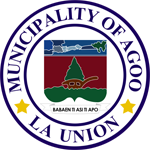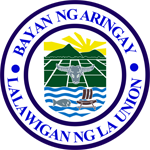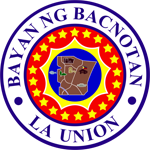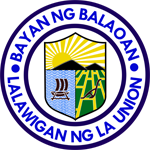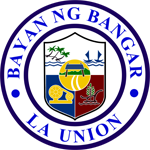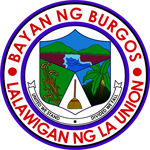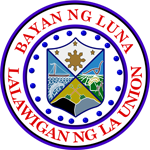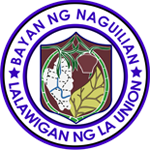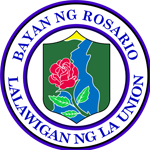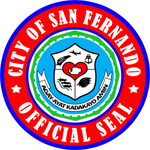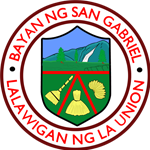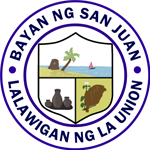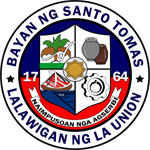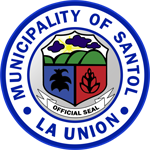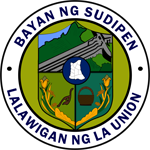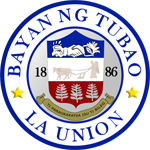
History
Originally part of Pangasinan, its name is derived from the Iloko word “Nag-ili-a”, which means the place where people from other places come to stay. “Nag” is a prefix which denotes past action, “Ili” means town and “an” is a word which modifies the word “ili”. Putting the three together, it becomes “NAGILIAN”. This was later modified as “NAGUILIAN”.
Naguilian has an area of 8,740 hectares. It is bounded on the northwest by the City of San Fernando, on the Northeast by Bagulin, on the west by the town of Bauang, on the south by Aringay, on the southwest by Caba, on the Southeast by Sablan, Benguet and on the east by the town of Burgos.
Due to increasing population density, a barangay of immigrants drifted to the shore of La Union and begun building the town of Bauang at the south of the river, now called Bauang River, and settled thereat. Hundreds of years passed and the population increased. The families who had small land to till migrated to new territories. They found a valley at the back of the river and then reached the fertile valley of Naguilian, then still part of Bauang. They built a colony at the fork of the two rivers and began developing the territory.
The Catholic Church in Naguilian was constructed in 1739 after the Spaniards established their authority thereat. The centennial of the Catholic Church was held in 1839 which marked the separation of the town of Naguilian from the town of Bauang.
When La Union was created as a province in 1850, Naguilian was one of the twelve towns that formed the province.
Built in areas of the towns are generally clustered linearly around the barangay roads. Agricultural land areas are situated in the valleys which are planted with rice, corn, tobacco, sugarcane and other crops. Forest areas command a large portion of land areas. Barangay Casilagan was declared by the Bureau of Forestry as a potential watershed area.
Naguilian is also known for being the home of the original Basi where the tradition of Basi making dates back to the World War II era. With the help of the local government, this industry has been revived and is now one of the main sources of income of the Province.
Aside from Basi, Naguillian is also known for its thriving woodcraft industry in Cabaritan Norte and Sur, Dallipaoen, and Al-alinao Norte while barangays Bancagan and Daramuangan can boast of its bamboocraft industry.
Profile

Endowed with rich natural resources, Naguilian is largely an agricultural town. Its fertile land yields rice, tobacco, root crops, vegetables and sugarcane which produces two of the municipality’s famous products, vinegar and basi. The original Iloco basi, Naguilian’s sugarcane wine is incomparable in its sweet and robust taste. Aside from sampling the wine, visitors may also get a glimpse on how it’s made by visiting the Naguilian Agricultural Complex.
Hike and rejuvenate the senses at Tuddingan Falls, Sangbay Falls, and San Antonio Mini Rice Terraces or meditate in the serenity of St. Augustine Church and Mary Consolatrix Monastery. Head over to Barangay Lioac where some of the best silver products are made or head over to the town center at Barangay Ortiz, where woodcrafts, leather products and knitted garments are also sold.
Naguilian is easily accessible with buses regularly plying the Naguilian Highway to and from Baguio City and La Union. The town holds its Basi Festival from May 1 to 8, simultaneous with St. Augustine’s Pastoral Fiesta every 5th of May.
Quick Facts
Land Area: 10,086.85 hectares
Population: 50,000
Number of Barangays: 37
Classification: First Class Municipality
Average Annual Income: Php 76,533,560.26
Politically Subdivided into 37 Barangays
| Aguioas | Al-alinao Norte | Al-alinao Sur | Ambaracao Norte | Ambaracao Sur |
| Angin | Balecbec | Bancagan | Baraoas Norte | Baraoas Sur |
| Bariquir | Bato | Bimmotobot | Cabaritan Norte | Cabaritan Sur |
| Casilagan | Dal-lipaoen | Daramuangan | Guesset | Gusing Norte |
| Gusing Sur | Imelda | Lioac Norte | Lioac Sur | Mangungunay |
| Mamat-ing Norte | Mamat-ing Sur | Nagsidorisan | Natividad | Ortiz |
| Ribsuan | San Antonio | San Isidro | Sili | Saguidan Norte |
| Saguidan Sur | Tuddingan |

